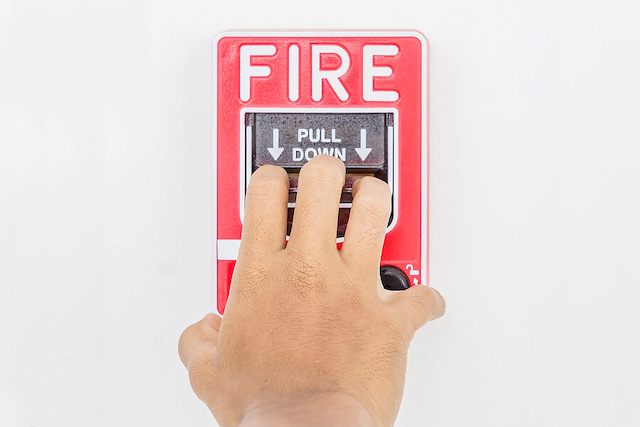Fires are disastrous emergencies one can never be overprepared for. Thus, it is crucial to prepare your facility and its staff beyond an emergency action plan. Conducting drills and exercises is one way to go about this as it arms staff with the essential knowledge on what to do should the worst occur.
Mock drills and exercises are vital because, often, emergency response routines are rarely performed, so the plan and everyone else gets rusty. Combating this starts with making sure everyone participates in training, exercises, and drills frequently. The more practice is put into these procedures, the better the chances of evacuation leaders and staff remembering their roles during an emergency. Below, we shall focus specifically on tabletop exercises, their part in promoting emergency preparedness, and how they differ from other actual drills such as mock drills.
An overview of tabletop exercises
Tabletop exercises, also commonly known as “TTXs”, are discussion-based exercises that often include workshops, seminars, and games. They are a necessary first step before organising actual drills or, in the absence of actual drills, simulating actual fire drill conditions. Discussion-based exercises like TTXs focus on policy-oriented and strategic issues, with facilitators leading the discussion and guiding participants towards meeting the exercise’s objectives.
In a tabletop exercise, an emergency like a fire outbreak is simulated in a classroom or meeting room to discuss various issues. The goal of this discussion and the exercise itself is to pinpoint problem areas in the emergency plan and potential roadblocks. TTXs aim to increase general fire safety awareness among employees and staff, validate procedures and plans, rehearse concepts and steps, and evaluate the kinds of systems necessary to guide the prevention, protection, and mitigation of an incident, as well as response and recovery from it.
Simple tabletop exercises usually involve just a single scenario. In more complicated exercises, facilitators could introduce new developments at different stages of the exercise to test how members respond to dynamic circumstances and assess their actions.
When conducting tabletop exercises, it is recommended for facilities holding such exercises to develop a script with surprise elements, identify stakeholders, provide an exercise timeline, and designate reviewers who will spectate and record what happens.
How TTX differs from mock drill exercises
Operation-based exercises entail actual reactions to an exercise scenario, such as mobilising personnel and resources as well as initiating communication lines. Unlike TTX, mock drills are operations-based exercises that can be functional or full-scale. They are used to validate policies, plans, procedures, and agreements to clarify everyone’s roles and responsibilities and identify potential resource gaps.
These drills help determine if the emergency plans can be successfully carried out as expected in a real-life scenario or if more adjustments or training is necessary. To conduct an effective mock drill, property owners and safety managers should set them up when everyone is available to participate.
Conclusion
Preparing for a fire emergency and other life-threatening situations can be done in several ways. TTX allows for a simpler way to practice and rehearse emergency response plans without mobilising everything and everyone. Thus, these exercises can be held more frequently to prevent staff and the plan itself from getting rusty.
For fire safety managers and other individuals interested in learning about the process flow of TTX and earning CPD points at the same time, TenLearn has just the course you need. Our SCDF-approved Fire Safety Committee and Tabletop Exercise online course touches on the formation/roles of FSC and tabletop exercises. The course also provides FSM CPD points upon completion. To learn more about this course and our other courses on offer, don’t hesitate to get in touch with us today!


Write a public review